Introduction:
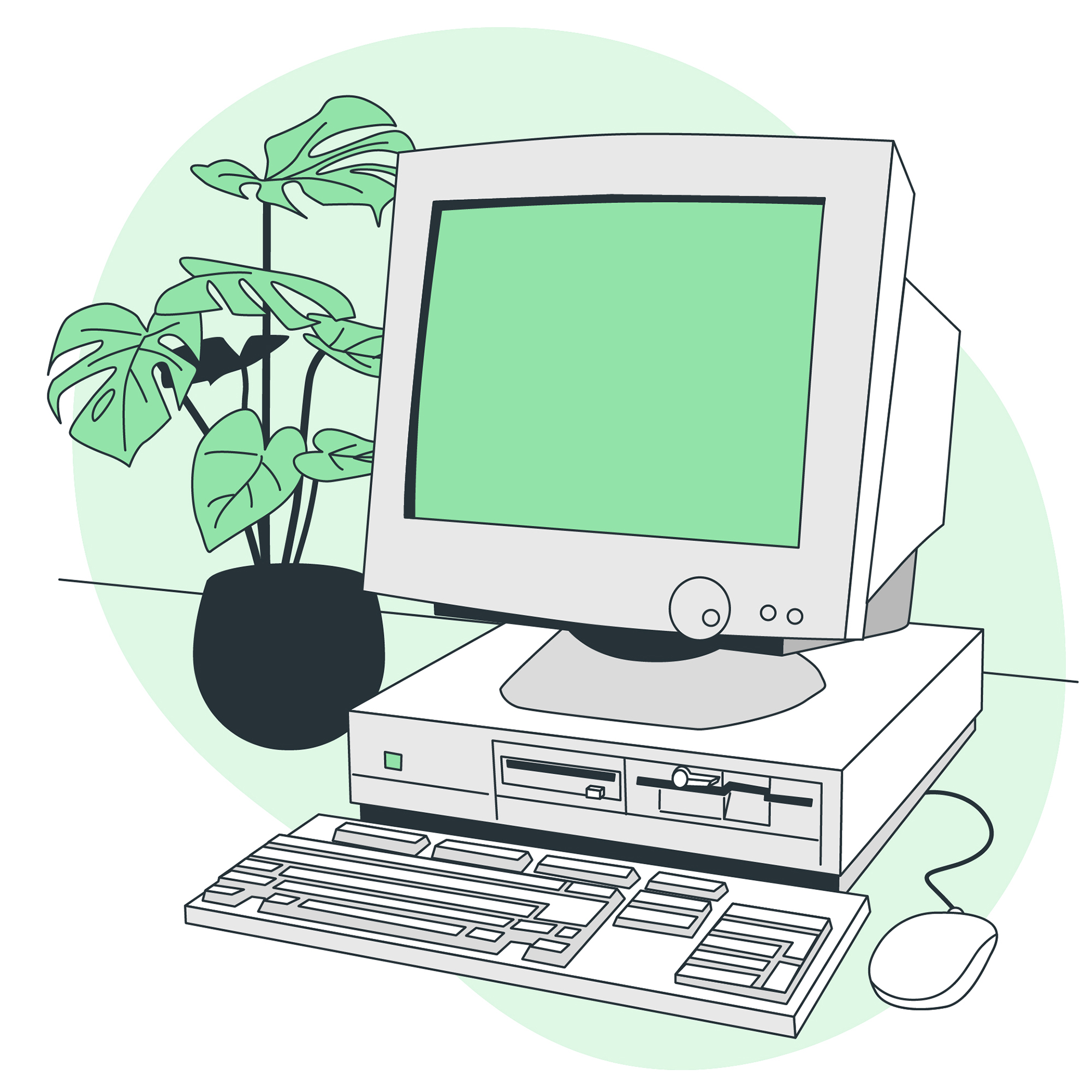
A Journey Through the Fascinating History of Computers that spans centuries and showcases the remarkable progress made in technology. From the earliest calculating devices to the modern supercomputers that fit in the palm of our hands, computers have revolutionized the world in ways unimaginable. In this article, we will take a chronological trip through the key milestones in the evolution of computers, exploring the brilliant minds behind these inventions and their profound impact on society.
Explanation of Computers and Their Evolution:
. What is Computer ?
A computer is an electronic device that processes data, performing various tasks and functions. It uses binary code, represented by 0s and 1s, to execute instructions and manipulate information. These instructions are controlled by a central processing unit (CPU), which coordinates data flow within the computer’s components, such as memory, storage, and input/output devices. Computers come in various forms, including desktops, laptops, tablets, and smartphones. They are essential tools in modern society, enabling communication, research, entertainment, and automation of tasks. As technology advances, computers continue to evolve, becoming faster, smaller, and more powerful, driving innovation across countless industries.
. Evolution of Computer:
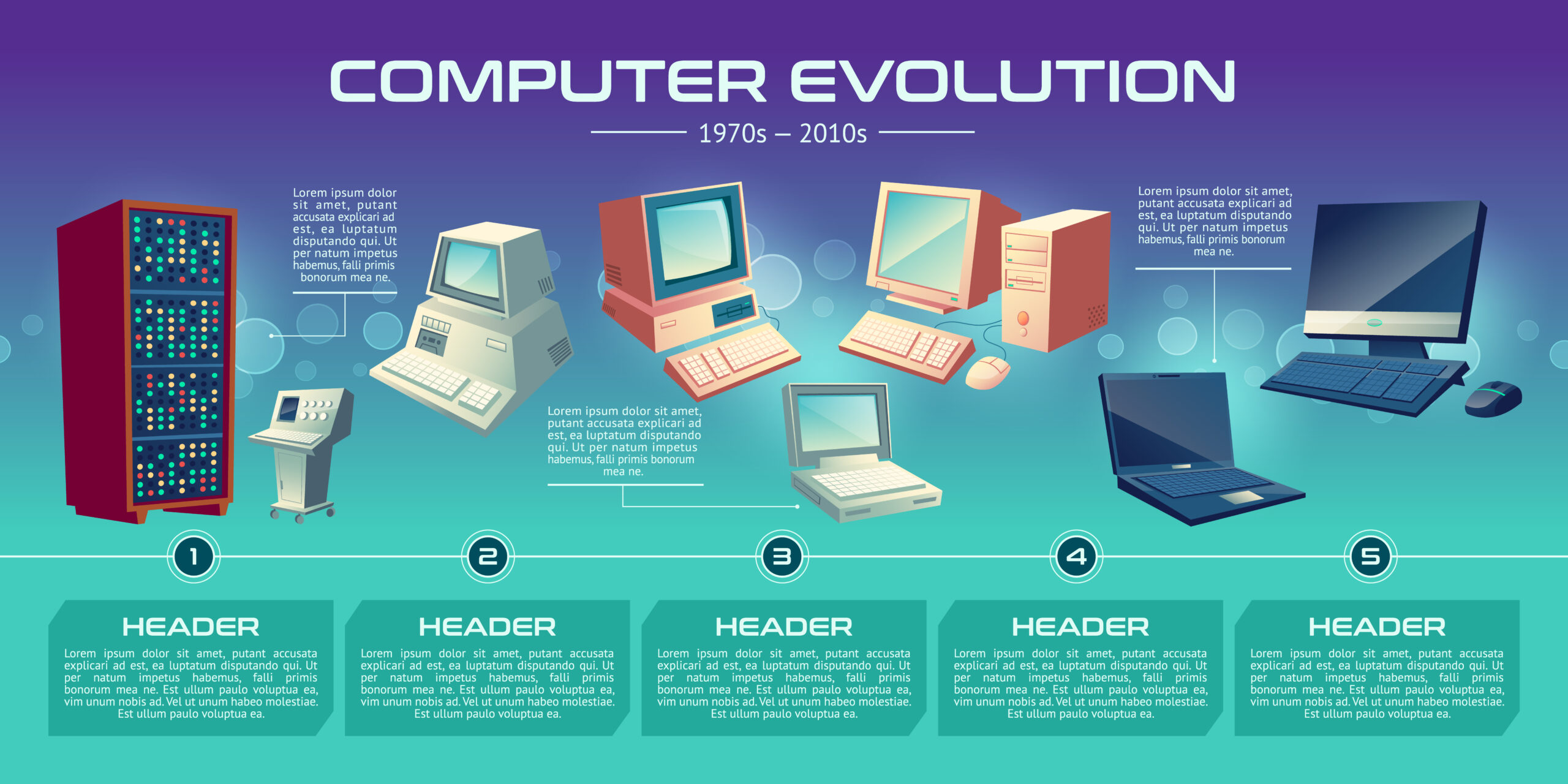
The evolution of computers has been marked by a continuous increase in processing power, reduction in size, enhanced user interfaces, and the ability to connect and communicate with other devices across the globe. Computers have become an integral part of modern life, impacting various aspects of society, science, business, and entert
- Mechanical Computers (1600s-1800s): The earliest computers were mechanical devices designed to perform specific calculations. Notable examples include the abacus, slide rule, and mechanical calculators like Pascal’s Calculator and Babbage’s Difference Engine.
- Vacuum Tube Computers (1940s-1950s): The invention of vacuum tubes enabled the creation of early electronic computers. These computers were large, cumbersome, and generated a significant amount of heat. Examples include the ENIAC and UNIVAC.
- Transistor Computers (1950s-1960s): Transistors replaced vacuum tubes, leading to smaller, more reliable, and energy-efficient computers. The development of integrated circuits (ICs) further reduced the size of computers and increased their processing power.
- Microprocessor Revolution (1970s-1980s): The invention of the microprocessor, a single chip containing multiple transistors and components, revolutionized computing. This led to the creation of personal computers (PCs) and paved the way for home computing.
- Personal Computers (PCs) and GUI (1980s-1990s): Companies like Apple and IBM introduced personal computers, making computing accessible to individuals. Graphical User Interfaces (GUIs) like the one introduced by Apple’s Macintosh made computers more user-friendly.
- Networking and the Internet (1980s-2000s): The development of networking technologies and the creation of the World Wide Web transformed computers into interconnected devices. This laid the foundation for modern internet-based services and communication.
- Mobile and Smart Devices (2000s-Present): The 21st century saw the rise of smartphones, tablets, and other smart devices that combined computing power with portability. These devices transformed how we interact with computers and access information.
- Cloud Computing and Big Data (2010s-Present): Cloud computing allows users to access powerful computing resources remotely over the internet, enabling scalable and flexible services. The era of Big Data emerged, focusing on processing and analyzing massive amounts of data for insights.
- Artificial Intelligence (AI) and Machine Learning (2010s-Present): Advances in AI and machine learning have led to computers performing tasks that were previously thought to require human intelligence. These technologies are used in various applications, from language translation to image recognition.
- Quantum Computing (Emerging): Quantum computers use the principles of quantum mechanics to perform certain calculations significantly faster than classical computers. While still in the experimental stage, they have the potential to revolutionize fields like cryptography and complex simulations.
Classification of Computers
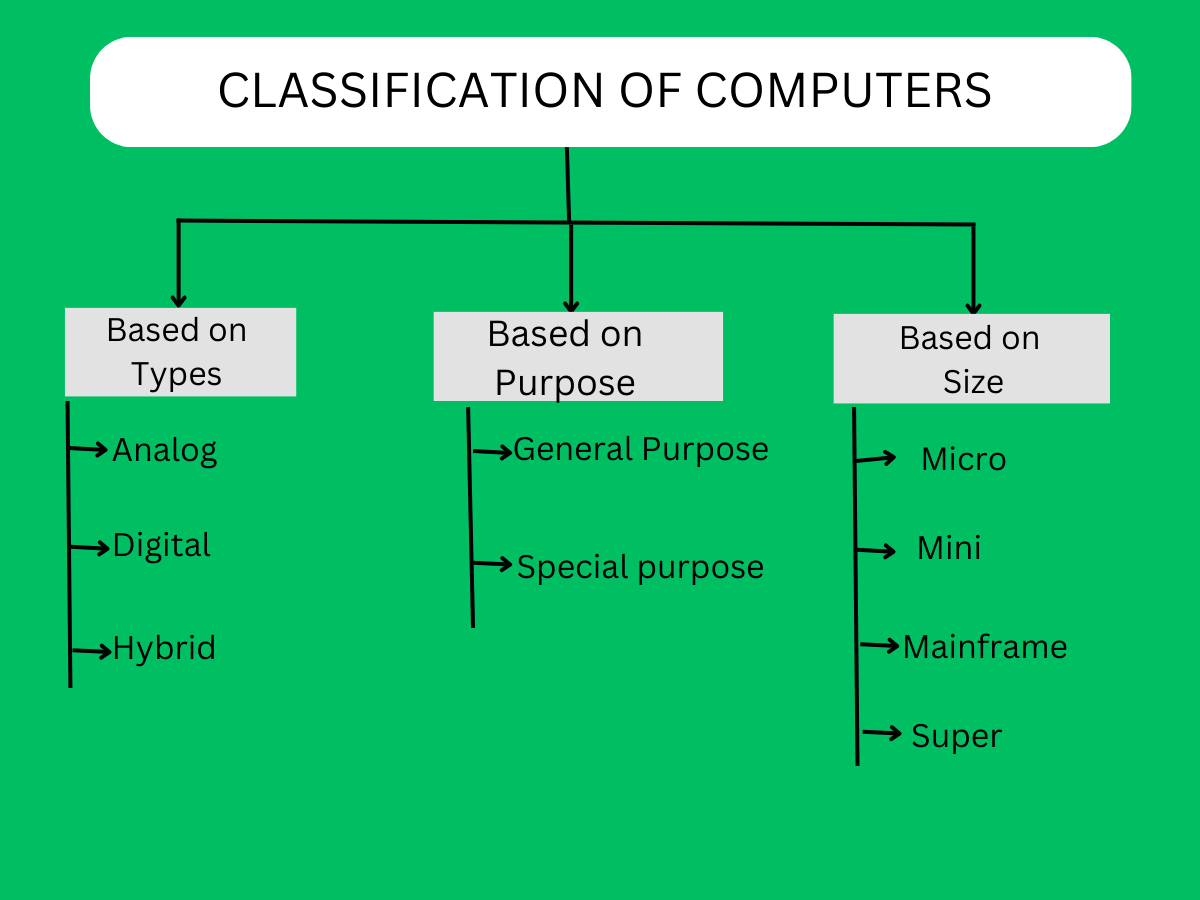
Based on Types:
Computers can be classified into several types based on different criteria. Some common classification criteria include:
. Analog Computer

An analog computer processes data using continuously varying physical quantities, like voltage or rotation angles, to perform calculations. It operates by representing information as continuous signals rather than discrete values. Analog computers are particularly suited for simulations of dynamic systems, such as weather patterns or electrical circuits, due to their ability to handle complex differential equations in real-time. However, they are limited by precision and susceptibility to noise, which led to their gradual replacement by digital computers that use discrete values for computation, offering greater accuracy and versatility.
. Digital Computer

A digital computer is a fundamental component of modern technology, capable of processing and storing vast amounts of information in binary code, using discrete values of 0 and 1. It consists of various hardware components, including a central processing unit (CPU) that executes instructions, memory units for data storage, input/output devices for interaction, and a motherboard to interconnect these parts. Algorithms and software enable computers to perform tasks ranging from calculations to multimedia processing. The integration of these components enables computers to perform complex operations quickly and efficiently, underpinning their essential role in today’s interconnected world for communication, data analysis, entertainment, and more.
. Hybrid Computer

A hybrid computer combines the capabilities of both analog and digital computers. It utilizes analog components for continuous data processing and digital elements for discrete computations. This integration enables efficient handling of complex real-world problems that involve both continuous and discrete data. Hybrid computers find applications in simulations, scientific analysis, and control systems where they can provide real-time data processing and accurate numerical calculations simultaneously. By blending the strengths of analog and digital technologies, hybrid computers offer a versatile solution for tasks that require a balance between continuous signal processing and precise digital calculations.
Based on Purpose:
Computers can be classified into several categories based on their purpose and functionality. Here are some common classifications.
. General purpose
Computers are categorized into general-purpose machines, designed to perform a wide range of tasks. They possess versatile hardware and software, capable of handling diverse applications like word processing, web browsing, data analysis, and more. These systems prioritize flexibility over specialization, making them suitable for various user needs. General-purpose computers enable users to run different software programs and adapt to changing requirements, making them essential tools for modern work, communication, and entertainment. Their adaptability and broad functionality make them a cornerstone of technology, powering everyday activities and driving innovation across industries and sectors.
. Special Purpose
Special purpose computers are designed for specific tasks or functions, tailored to excel in one domain. Unlike general-purpose computers, they lack versatility but optimize performance for their intended use. Examples include embedded systems in appliances, industrial controllers, and scientific instruments. These machines are optimized for efficiency, speed, and accuracy within their designated tasks, making them valuable tools in targeted applications.
Based on Size:
Computing components can be categorized based on their size into various classes, each with its own significance in the functioning of a computer system. Here are some key components classified by size:
. Micro Computer

A microcomputer is a compact, integrated digital computing device that combines essential components like a central processing unit (CPU), memory, input/output interfaces, and storage on a single microchip. These computers are versatile and cost-effective, suitable for personal use, industrial control, and embedded systems. With advancements in technology, microcomputers have become increasingly powerful, energy-efficient, and capable of performing a wide range of tasks. They are the foundation of modern computing, driving innovations across various industries and enabling the development of smartphones, laptops, smart appliances, and more.
. Mini Computer
Computers are categorized based on size, capabilities, and functions. Mini computers are intermediary between mainframes and microcomputers. They offer moderate processing power, memory, and storage, suitable for tasks requiring more resources than microcomputers but less than mainframes. These machines find application in scientific research, small businesses, and engineering. They possess multitasking abilities and can manage multiple users simultaneously. While not as powerful as mainframes, mini computers are cost-effective solutions for diverse computational tasks, bridging the gap between large-scale processing and individual needs.
. Mainframe Computer
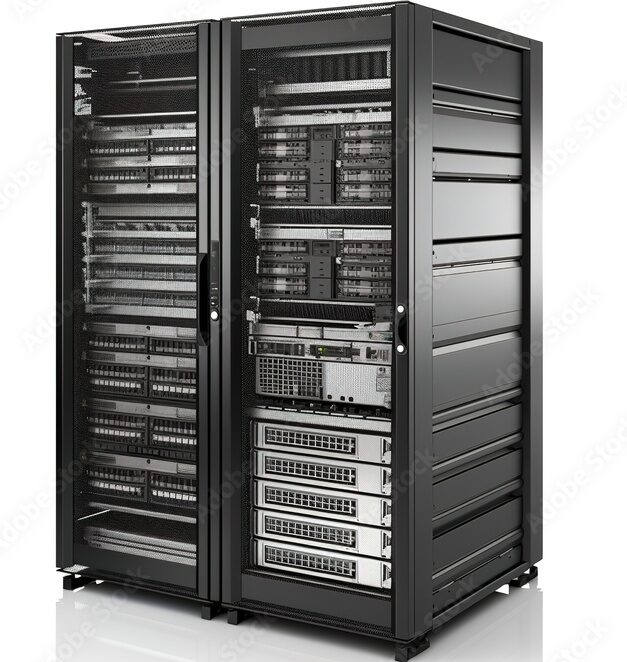
Mainframe computers are powerful, large-scale computing systems known for handling extensive data processing and critical applications. They excel in reliability, security, and scalability, making them ideal for organizations requiring robust computing resources. Mainframes manage high volumes of transactions, store substantial data, and support multiple users simultaneously. While modern computing trends have shifted toward distributed systems, cloud computing, and microservices, mainframes still persist in industries like finance, government, and healthcare, where stability, data integrity, and performance remain paramount. They continue to evolve, integrating with contemporary technologies to maintain their relevance in the ever-changing landscape of computing.
.Super Computer
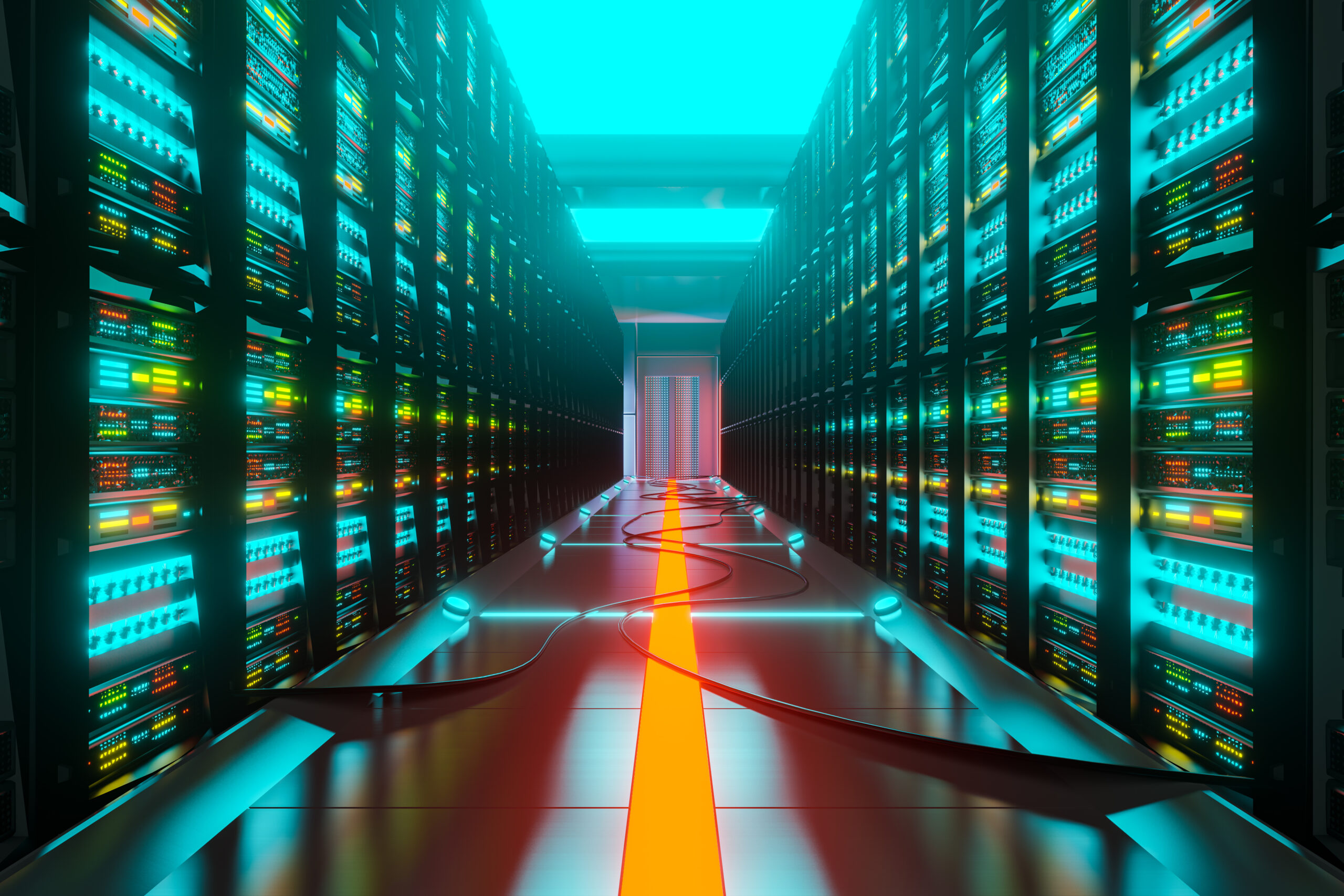
A supercomputer is an immensely powerful computing machine designed to process vast amounts of data and perform complex calculations at incredible speeds. Utilizing advanced parallel processing techniques and high-performance components, supercomputers are used for tasks such as scientific simulations, weather forecasting, molecular modeling, and artificial intelligence training. Their exceptional processing capabilities contribute to breakthroughs in various fields, enabling researchers to tackle intricate problems that conventional computers cannot. Supercomputers often consist of interconnected nodes working in tandem, leveraging their collective power to solve intricate problems swiftly, making them crucial tools for cutting-edge research and innovation.
Component of Computers:
A computer consists of several essential components that work together to perform various tasks. Here are some key components of a computer:
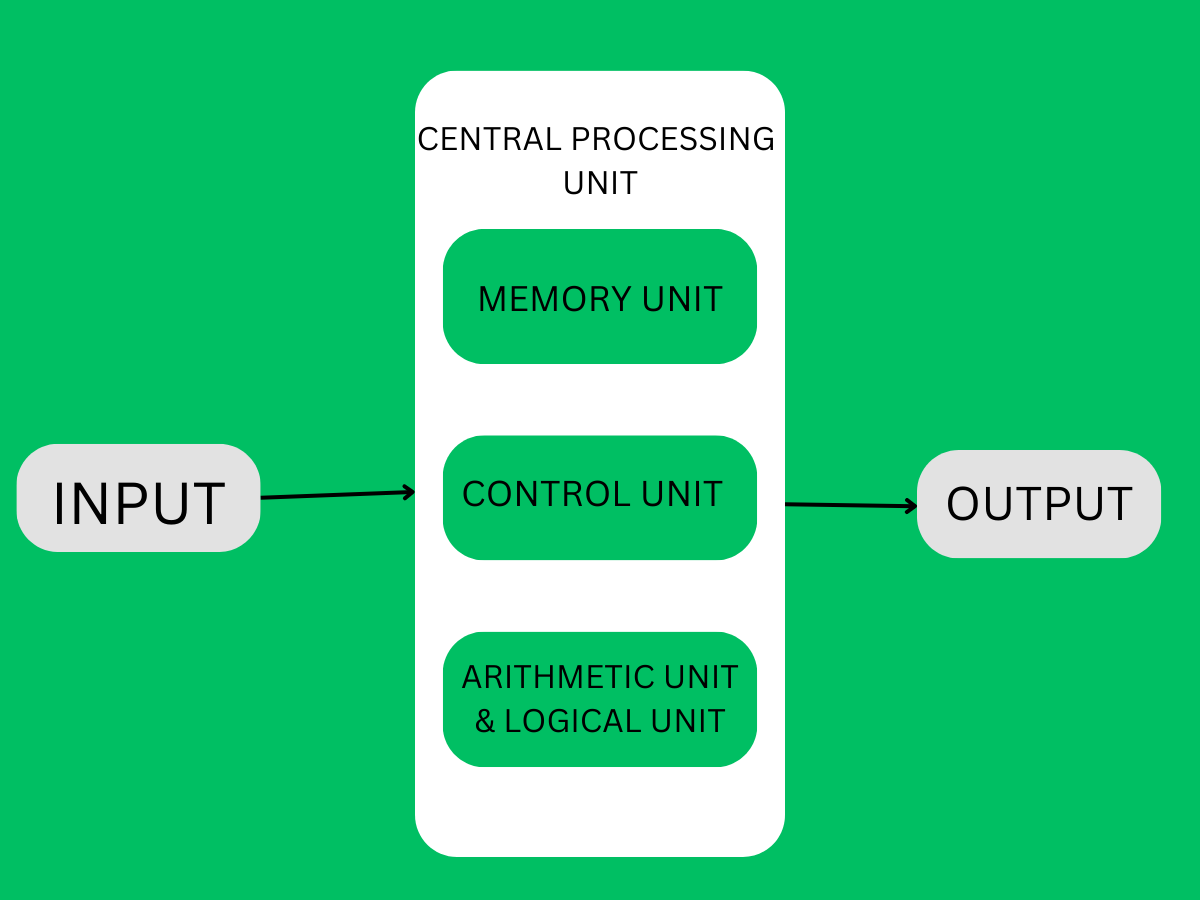
.Input:
An input component of a computer is a hardware device or software interface that allows users to provide data, commands, or signals to the computer. These components enable communication between users and the computer system, facilitating data entry and interaction. Common examples include keyboards, mice, touchscreens, microphones, and scanners. Input devices convert physical actions or analog signals into digital data that the computer can process. Through these components, users convey information and initiate tasks, playing a crucial role in the overall functionality and usability of a computer system.
.Output:
The central processing unit (CPU) executes instructions and processes data, while memory (RAM) stores data for quick access. Storage devices, like hard drives or SSDs, store long-term data. The motherboard connects these components and facilitates communication. Graphics cards (GPUs) handle visual processing, crucial for gaming and design. Input devices (keyboard, mouse) allow user interaction, while output devices (monitor, printer) display or produce information. Power supply units provide electrical power, and cooling systems prevent overheating. Together, these components create a functioning computer system for various tasks and activities.
The Central Processing Unit (CPU) is a vital component of a computer. Acting as the “brain” of the system, it executes instructions from software, performing calculations, data manipulation, and control tasks. Comprising arithmetic logic units and control units, the CPU fetches, decodes, and executes program instructions, managing data flow between memory and input/output devices. Its speed, measured in gigahertz, determines overall processing capability. CPU architecture, like multi-core designs, enhances performance by handling multiple tasks concurrently. In essence, the CPU’s power and efficiency significantly influence a computer’s performance, making it an integral element for smooth and swift operations in modern computing systems.
.Memory Unit:
In a computer system, a memory unit refers to a hardware component that is responsible for storing and retrieving data and instructions. Memory units play a crucial role in the overall functioning of a computer, as they provide the necessary workspace for the CPU (Central Processing Unit) to perform calculations, execute programs, and manage system operations. There are different types of memory units in a computer, each serving a specific purpose:
- Primary Memory (Main Memory): This is the main working memory of a computer system. It holds data and instructions that the CPU uses during program execution. Primary memory is directly accessible by the CPU and includes two main types:
- Random Access Memory (RAM): RAM is volatile memory that stores data temporarily while the computer is running. It allows for fast read and write operations, making it suitable for tasks requiring quick data access.
- Read-Only Memory (ROM): ROM is non-volatile memory that contains firmware or instructions that are permanently programmed into the computer’s hardware. It is used to store essential startup instructions and system settings.
- Secondary Memory (Storage Devices): Secondary memory refers to storage devices that hold data more permanently, even when the computer is turned off. Unlike primary memory, secondary memory is not directly accessed by the CPU but is used for long-term data storage. Examples include hard disk drives (HDDs), solid-state drives (SSDs), optical drives, and external storage devices.
- Cache Memory: Cache memory is a small but extremely fast memory unit located between the CPU and the main memory. It is used to temporarily store frequently accessed data and instructions to reduce the time it takes for the CPU to access them. Cache memory helps improve the overall performance of the computer by reducing the latency of memory access.
- Virtual Memory: Virtual memory is a memory management technique that uses a portion of the computer’s storage, typically the hard drive, as an extension of the main memory. It allows the computer to run programs that require more memory than physically available by swapping data in and out of the main memory as needed.
.Control Unit:
The control unit is a fundamental component of a computer’s central processing unit (CPU). It plays a crucial role in managing and coordinating the various operations of the computer’s hardware components to execute instructions from programs. The control unit is responsible for ensuring that instructions are fetched from memory, decoded, and executed in the appropriate sequence.
.Arithmetic Unit AND Logical Unit:
The Arithmetic and Logic Unit (ALU) is a fundamental component of a computer’s central processing unit (CPU). It is responsible for performing arithmetic operations (addition, subtraction, multiplication, and division) as well as logical operations (AND, OR, NOT, XOR) on binary data. The ALU is a critical part of the CPU that executes the actual computations and logic decisions required for various tasks and programs to run.
Here are the key functions of an ALU:
- Arithmetic Operations: The ALU performs basic arithmetic calculations, such as addition and subtraction, on binary numbers. More complex operations like multiplication and division are usually achieved through a series of simpler operations.
- Logical Operations: The ALU handles logical operations that involve binary data. These operations include bitwise AND, OR, NOT, and XOR, which are essential for manipulating and comparing binary values.